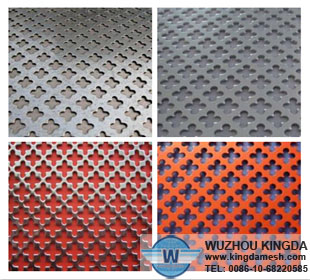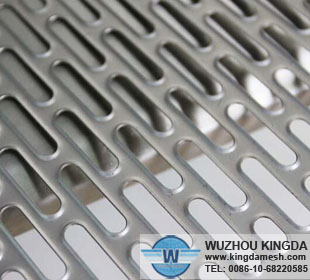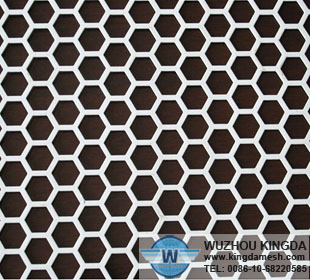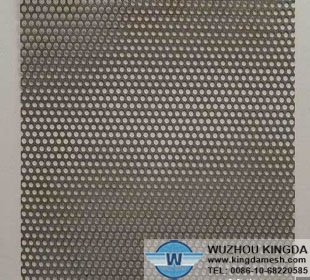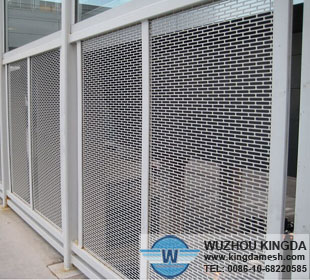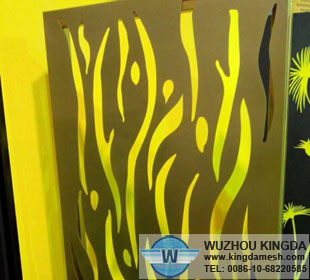The industry standard of perforated sheets
From metals to plastics to wire mesh, perforated materials add an aesthetic look to any commercial building while providing practical uses. Perforated materials allow for good air ventilation and light into enclosed areas while allowing employees privacy to work. Perforated materials also are lightweight, lessening the strain on cross-supports when used in applications such as ceiling fixtures. Manufacturers follow certain standards regarding the type of hole pattern, size and margin width when producing fencing, wall panels and sunshades.
Pattern
Materials can allow for the application of different hole patterns dependent on the type of press and die arrangement used. A straight-hole pattern allows for configuration where the holes are stacked in rows and columns. The manufacturer may also create staggered hole patterns of 45 or 60 degrees with 1/4-inch round holes where the pattern rows are offset from one another.
Hole Types
Most perforated materials have round holes, the easiest, one of the cheapest and most versatile perforations. Manufacturers can create holes from .020 in. in size to 6 in. Other types include square holes used for grills and slots for grading solid objects. Square holes are more expensive to create, although come in both a straight line and staggered patterns. Slots can come in arrangements of side staggered, straight line and end staggered.
Margins
Creating margins for every perforated sheet of materials can create stress problems and distort the materials. Side margins must be kept at a minimum width and be evenly made, since leveling with a roller may not correct the problem. End margins on the perforated sheet can also be created with special tooling but at an added cost.
Sizing
Holes can only have a minimum size without causing weakness in the material used. The size must be based on the type of material and thickness of the sheet. Materials with lesser strength should have a hole diameter that should not be lesser than the material's thickness. This means that if the manufacturer creates a hole perforation in a sheet on 1/2-inch aluminum, the hole diameter should not be smaller than 1/2-inch.
